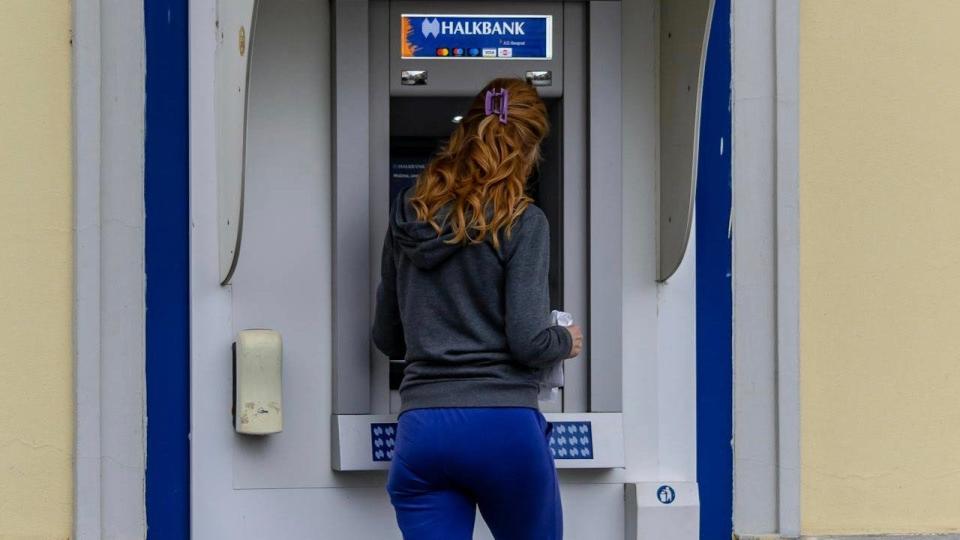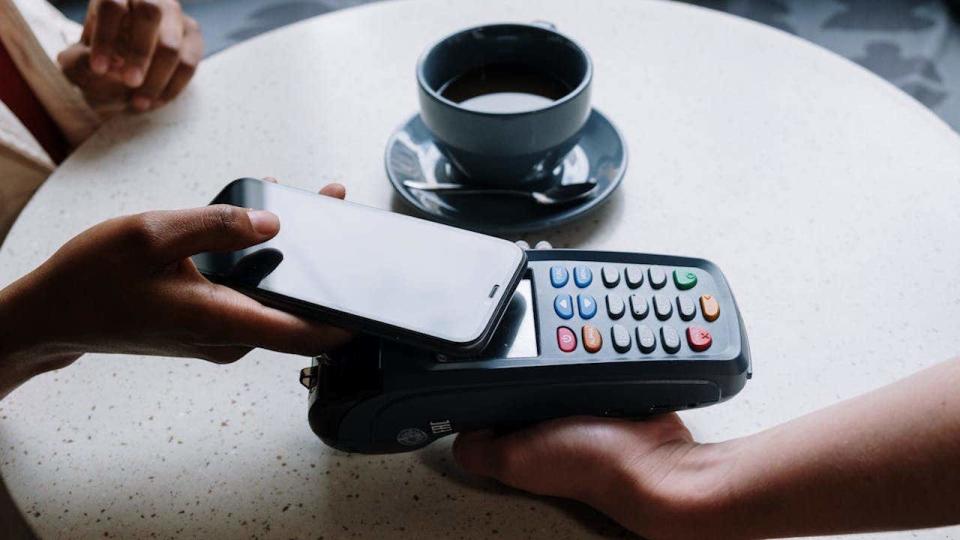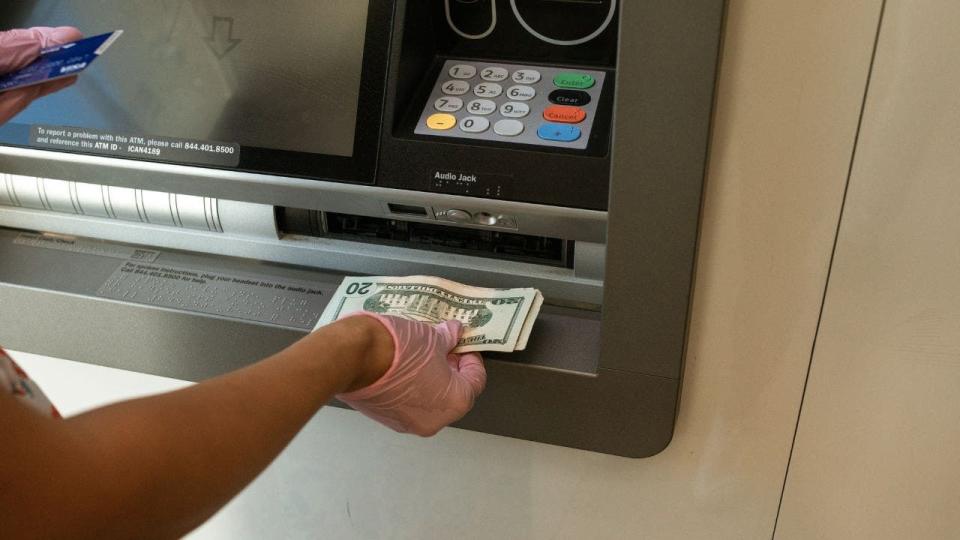Advice from fraud specialist who files debit card swindling claims all day

While different types of fraud can bring their own elements of frustrations and consequences, debit card fraud can leave your bank account empty almost immediately and be hard to recover from.
That’s why we are so grateful for the email we received from a debit card fraud specialist who shared their incredible knowledge and insight to protect you from debit card fraud.

As someone who processes debit fraud claims daily, and luckily has never experienced it herself, below are the top do’s and don’ts of debit card use.
1) Safest way to use your debit card: Use your debit card to withdraw money from your own financial institution’s ATM or teller. Preferably transfer larger amounts of money out of a checking account into high-yield savings accounts so that your money isn’t readily available in large sums in a checking account.
2) Why credit cards are generally better for purchases: Don't use your debit card to make regular or frequent purchases. It is better to use a regular credit card for those transactions. It leaves you less exposed to potential debit card fraud. If a scammer gets a hold of your credit card, it is easier to freeze that card, cancel it or get a new one issued. If your debit card or debit card number gets compromised, you could lose all your cash in your checking account.

MORE: WHAT TO DO IF YOUR BANK ACCOUNT IS HACKED
3) Consider using mobile wallets for convenience and security: If you must use your debit card to make regular purchases, add it to your smartphone wallet (like Apple Pay or Google Pay) and use it that way instead of swiping your debit card. Not being swiped likely prevents your card from being skimmed.
4) Protecting your PIN is crucial: Do not write your PIN down on your card or a piece of paper in your wallet.
5) Recurring payments aren't affected by locking your card: Even if you have recurring payments for bills such as utilities, they usually can still be made if your debit card is locked. When a debit card is locked, single transactions aren’t allowed.
6) Don't share your debit card: Your debit card is a legal agreement between you and your financial institution. Letting anyone else use your card, even family, may jeopardize your ability to be compensated for fraudulent transactions. Your child accidentally purchasing something with your debit card saved on your mobile app is not considered fraud.
7) Financial reimbursement might not be immediate: While some financial institutions will reimburse fraudulent transactions, they may not be fast enough to cover checks, e-checks or recurring financial transactions. You’d likely be at risk of incurring overdraft fees, non-sufficient funds or late charges from your financial institutions, creditors or merchants – all of which would be costly.
8) Enable alerts to catch fraudulent activity quickly: Most financial institutions offer financial alerts or restrictions for all transactions on checking accounts and cards. Use them so you can be notified of any fraudulent transactions immediately. The faster you can report these charges to your financial institution, the more likely you are to stop scammers in their tracks.

MORE: HOW CROOKS ARE USING SKIMMERS, SHIMMERS TO STEAL YOUR MONEY AT YOUR ATM
Here are additional steps you can take to help you prevent crooks from gaining access to your debit card:
Keep your card safe physically: Store your debit card in a secure place when not in use. Don’t write down your PIN or keep it with your card. Be cautious when using your debit card in public places and shield your PIN when entering it.
Use strong PINs: Choose a unique and strong PIN that isn’t easily guessable. Avoid using numbers like your birth date, address or easily recognizable sequences. Don’t share your PIN with anyone.
Create strong, unique passwords: for your accounts and devices. Avoid using the same password for multiple online accounts. Consider using a password manager to securely store and generate complex passwords. It will help you to create unique and difficult-to-crack passwords that a hacker could never guess.
Use biometric authentication: Consider using biometric authentication (fingerprint, facial recognition) if your device supports it. This can provide an extra layer of security and convenience for you.
Regularly review your transactions: Frequently monitor your bank statements and transaction history for any authorized or suspicious transactions. Set up account alerts for large transactions or any activity that falls outside your normal spending patterns.
Use secure networks: Avoid using public Wi-Fi networks for sensitive transactions. Public Wi-Fi networks are often unencrypted and vulnerable to hackers who can intercept your data or infect your device with malware.
Use a Virtual Private Network (VPN): When accessing your financial accounts over public networks, you should use a VPN. We recommend using a VPN to protect against hackers snooping on your device as well. VPNs will protect you from those who want to track and identify your potential location and the websites that you visit. See my expert review of the best VPNs for browsing the web privately on your Windows, Mac, Android & iOS devices.
Beware of phishing scams: Be cautious of unsolicited emails, texts or calls asking for your debit card information or login credentials. It could be a phishing scam. Never click on suspicious links or images or download attachments from unknown sources.
Have good antivirus software on all your devices: Keeping hackers out of your devices can often be prevented when you have good antivirus protection installed on all your devices. Having antivirus software on your devices will help make sure you are stopped from clicking on any known malicious links, attachments or images that may install malware on your devices, allowing hackers to gain access to your personal information. Find my review of Best Antivirus Protection here.
Regularly update your software: Keep your computer, smartphone and other devices updated with the latest security patches and updates.
Use two-factor authentication (2FA): If your bank offers two-factor authentication, enable it. This adds an extra layer of security by requiring a second form of verification in addition to your password.
Use secure ATMs: Whenever possible, use ATMs that are located in well-lit and secure areas. Avoid ATMs that appear tampered with or have suspicious devices attached to them or point-of-sale terminals.

MORE: WHY YOU SHOULD NEVER CARRY THESE THINGS IN YOUR WALLET
Regularly monitor your credit reports: Check your credit reports for any unusual activity that might indicate fraud or identity theft. If you find any errors or discrepancies on your credit reports, contact the credit bureaus and the creditors involved as soon as possible to dispute them.
Consider debit card controls and mobile apps: Some banks offer apps that allow you to turn your card on or off instantly, set spending limits and receive notifications for transactions.
Make purchases from trusted sites: Only use reputable and secure websites for online shopping and payments. Look for a padlock symbol in the address bar before entering your card details.
Report the fraudulent transactions and request to freeze or cancel your debit card. Your bank will investigate the fraud and may issue you a new card and a refund. Depending on your bank’s policy, you may have to file a written claim or a police report to support your case.
Check for any other unauthorized charges or suspicious activity on your accounts. You can also get a free copy of your credit report from each of the three major credit bureaus once a year at AnnualCreditReport.com. If you find any errors or signs of identity theft, dispute them with the credit bureau and the creditor.
Identity theft protection companies can monitor personal information, like your home title, Social Security number, phone number and email address, and alert you if it is being sold on the dark web or being used to open an account. They can also assist you in freezing your bank and credit card accounts to prevent further unauthorized use by criminals.
The great part of some identity theft companies is that they often include identity theft insurance of up to $1 million to cover losses and legal fees and a white-glove fraud resolution team where a U.S.-based case manager helps you recover any losses. See my tips and best picks for best identity theft protection.
Though many people use debit cards as they would use their credit cards, there is a whole world of problems that can occur with your debit card if it falls in the wrong hands. Having your debit card information stolen or compromised doesn’t just jeopardize your credit line, it may mean all the money in your account can disappear. If you treat your debit card like a signed, blank check, you’d likely leave it somewhere safe at home.
Considering the potential downsides of debit cards, do you see a future where they become less common due to security concerns? Let us know by writing us at Cyberguy.com/Contact.
For more of my tech tips & security alerts, subscribe to my free CyberGuy Report Newsletter by heading to Cyberguy.com/Newsletter.
Ask Kurt a question or let us know what stories you'd like us to cover.
Answers to the most asked CyberGuy questions:
What is the best way to protect your Mac, Windows, iPhone and Android devices from getting hacked?
What is the best way to stay private, secure and anonymous while browsing the web?
How can I get rid of robocalls with apps and data-removal services?
Copyright 2024 CyberGuy.com. All rights reserved.
Original article source: Advice from fraud specialist who files debit card swindling claims all day

